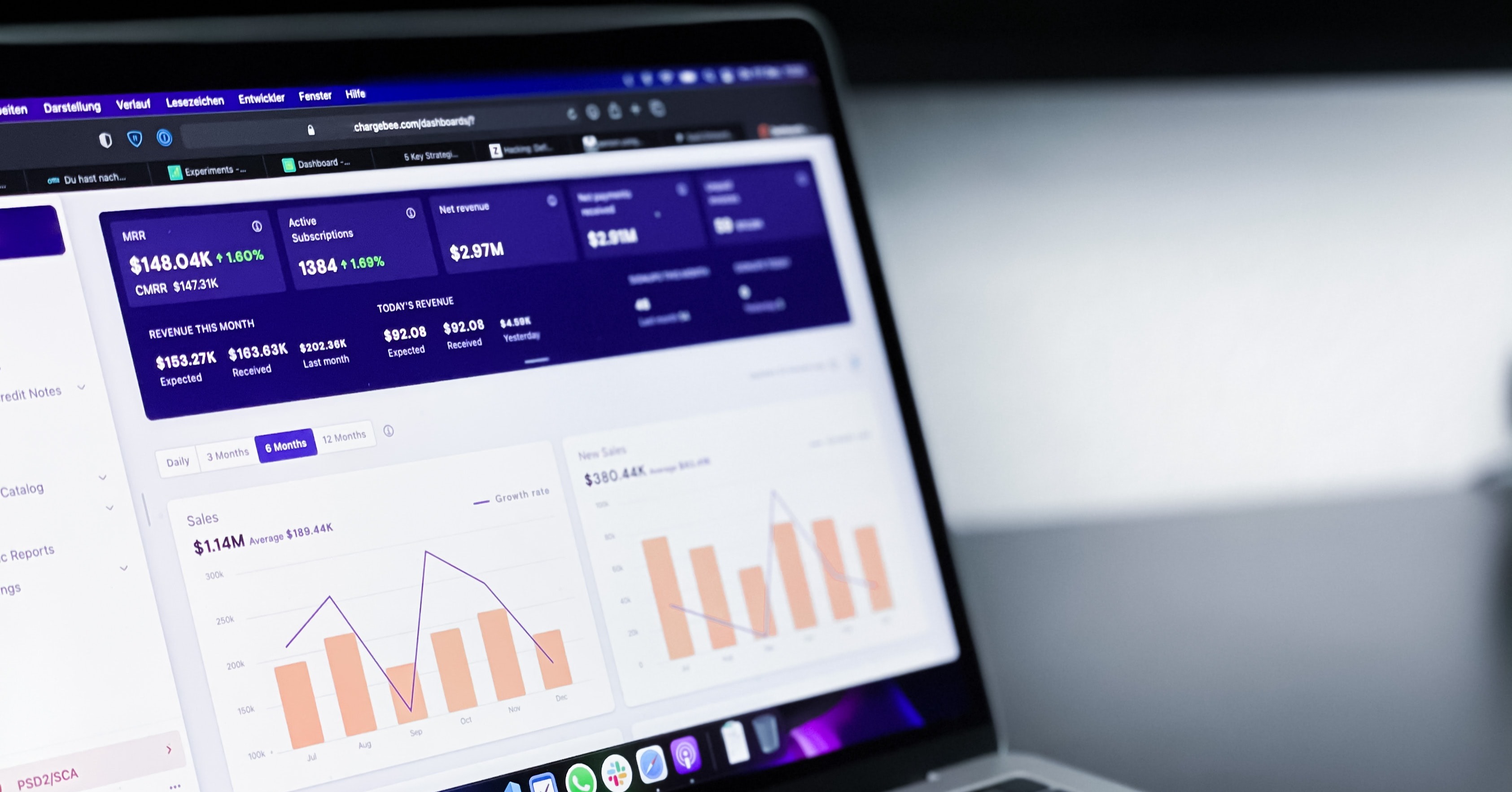As a marketer, we know how important it is for you to attract and retain your clients. Although you may be technically dedicated to the company’s marketing efforts, it is common for those working at a small business to wear many hats. Because of this, you may not always be able to solely focus on creating or following through with an annual strategic plan.
An annual inbound strategic plan is crucial to your company’s success as it defines your goals, and your customer’s goals and will keep you on track throughout the year. Without a clear strategy, it is hard to achieve great results. As we're entering the second quarter of 2022, now is a good time to reflect on if your inbound strategy plan includes these 6 crucial components.
We break down six key steps that will help even the busiest of marketers create a successful strategy.
- What Goals Are You Trying to Accomplish?
Outlining your yearly strategic goals is important when developing a strategy to ensure that it is successful. Your goals may include:
-
Building meaningful and lasting relationships with your customers
-
Attracting the right customers
-
Engaging your customers
Once your goals are defined, you can begin building a strategy around your customers' goals and personas.
2. Learn Your Buyer Personas
Knowing your target audience and their buyer personas are crucial when developing your strategy. Their personas are directly tied to the type of content you create and include in your strategic plan.
If you don’t know your buyer personas, we suggest going through a trial period of publishing different types of content to see what resonates the most. This content can include blogs, social media, videos, and/or podcasts. Once you have determined the content that is the best fit, make sure to build that type of content heavily into your inbound strategy plan.
You attract and retain the most customers when you provide relevant content at the right time. The content you create will also help determine whether the buyer actually buys.
3. Identify the Buyer’s Journey
After your buyer’s personas have been determined it is time to focus on their buying journey. This important step is what takes a target customer to a full-fledged, buying customer. Identifying the buying journey helps you as the marketer understand the process taken to become a customer so you can better influence the factors that shape their thinking and purchasing.
The three common stages in a buyer’s journey are:
Awareness: The buyer becomes aware they have a problem
Consideration: The buyer defines their problem and considers different solutions to solve the problem
Decision: The buyer decides on a provider or product to resolve the problem
Figuring out the buying journey will help you take the next step of determining campaigns and themes that work best for your buyers.
4. Choose a Campaign and Theme for Your Content
Because the types of content that resonate best with your customers and buyers should have been determined by now, you can use it to develop a campaign around it.
An example of this could be posting more videos because you see a trend in purchases coming from your YouTube channel. In this case, you would post informational videos to help educate the buyer that they have a problem. Next, you would post videos of different solutions for the buyer to consider. Lastly, post videos that provide value to the buyer and set you apart from the competitors as the buyer make their final decision.
This format can be followed for blogs, case studies, podcasts, and any other marketing items that work best for your customers. With this strategy, you are focusing on the buyer’s persona and the buying journey.
5. Keywords are the Key
Now that you have developed the type of content you are going to include in your strategy, you must determine the best keywords to use in the content to ensure it is reaching the right audience. Using the right keywords allows for your content to be organically show up for your target audience. Keywords can relate to your products or services, challenges you solve, and how you can help your customers.
Going back to the video example in step four, you will want to incorporate these keywords into your videos as well as your video descriptions.
6. Create the 12-Month Strategic PlanNow it is time to put everything you have learned into action. Create a monthly plan of goals and content to produce and publish for the entire year. Each month evaluate what worked best and what can be improved so the next month’s results are even better.
Marketing takes a lot of time and effort to be successful, especially when developing a successful inbound strategy plan. Working with a professional such as Revv Partners can help keep you on track while developing such an important part of your business plan. We can help create your strategy for you or simply guide you as you work to create your plan.
Visit Revv Partners' website for more information or to schedule a consultation.






